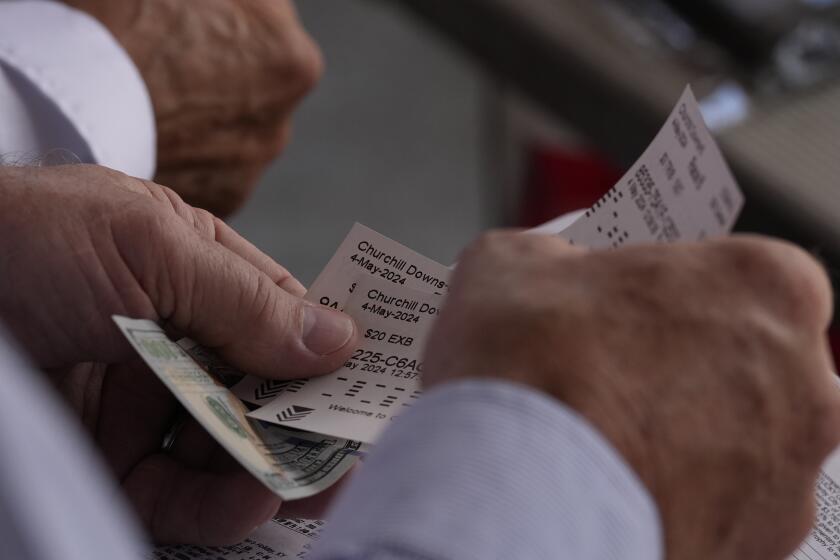Many Caught in Catch-22 Situation Will Benefit : Agency Settles Landmark Pension Case
When Lidz Bros. Inc. went out of business in 1978, Saverio Ramputi got no pension despite his 35 years of service at the New York firm, which specialized in importing and exporting buttons.
Ramputi shared a problem with thousands of workers and retirees at other companies which canceled their pension programs in the late 1970s: The federal agency created to insure the pensions didn’t fully cover them--if the plans had been modified within five years of the plans’ termination.
In a situation fraught with bureaucratic irony, many pension programs had been forced to change in order to meet higher federal standards designed to protect the beneficiaries. Yet the result of the new requirements was a smaller pension, or none at all, if the firm went belly-up or ended its pension program.
Ramputi, who had joined the family-owned button firm as an errand boy in the 1940s, sued the agency, the Pension Benefit Guaranty Corp. And this week, in a decision that could affect more than 16,000 workers and retirees, the PBGC decided to settle with Ramputi and with workers at Midvale-Heppenstall, a defunct Philadelphia steel company.
“Out of an overriding concern for the participants’ welfare, the PBGC has made the difficult decision to settle the case,” said Kathleen P. Utgoff, the agency’s executive director. “The decision will place added responsibility on the PBGC at a time of already increased workload. But it’s our job to protect the retirement income of American workers, and nothing is more important.”
Under the agreement, those workers who have lost out because their plans had been changed to comply with the tougher federal requirements and then terminated between 1976 and 1981, would get 65% of the benefits they lost, as well as interest.
Ramputi, who would receive $300 a month and also a one-time payment of $15,000 or more if the settlement gets court approval, as expected, said he was ecstatic. “I just wanted to see that justice was done,” he said from his home in Las Vegas.
PBGC officials estimated that at least 14,000 workers and retirees would benefit. In addition, the agency will review 21,000 pension plans to look for other individuals who would might gain as a result of the agreement.
The quasi-governmental corporation is funded by contributions from private pension plans.
Ramputi’s attorney, Mark A. Borenstein, said about 16,000 workers and retirees at 311 defunct pension plans had already been identified. Their new benefits would be worth $28 million.
The number of beneficiaries could ultimately reach 20,000 to 30,000, with the added value of benefits possibly as high as $61 million, he said.
Borenstein added that most of the beneficiaries would get their payments automatically. “They don’t have to file a claim. They don’t have to prove an entitlement.”
The controversy dates back to the birth of PBGC in 1974 as part of landmark federal legislation to safeguard private pension benefits. To protect the finances of the fledgling agency, which is supported by private employers, Congress said it didn’t have to fully insure benefits for workers whose companies went bankrupt within five years after changing their plans.
Yet many of the companies that went out of business--and terminated their retirement plans--were pulled down in part by the more stringent pension-financing requirements that were part of the same legislation that created PBGC.
The lawsuit has worked its way through the federal court system over the past few years, with contradictory decisions but no final conclusion. It was set to go to trial once more in U.S. District Court in Washington at the time PBGC agreed to settle earlier this week.
The proposed settlement must be approved by the district court, a procedure that will entail comments from those affected, set for final hearing on July 7.






